Lack of Potassium on Peas and Lettuce and Swiss Chard Seed
3 months ago
Featured Answer
Sort by:Oldest
Comments (38)
- 3 months ago
Related Professionals
Azalea Park Landscape Contractors · Dudley Landscape Contractors · Sammamish Landscape Contractors · Annapolis Carpenters · North Miami Beach Carpenters · Tucson Carpenters · Provo Fence Contractors · Saint Charles Landscape Architects & Landscape Designers · Tomball Landscape Architects & Landscape Designers · Bridgeview Landscape Contractors · Coeur d'Alene Landscape Contractors · Mequon Landscape Contractors · North Lauderdale Landscape Contractors · South Hackensack Landscape Contractors · Ferguson Landscape Contractors- 3 months ago
- daleyc thanked daninthedirt (USDA 9a, HZ9, CentTX, Sunset z30, Cfa)
- 3 months agolast modified: 3 months agodaleyc thanked daninthedirt (USDA 9a, HZ9, CentTX, Sunset z30, Cfa)
- 3 months ago
- 3 months agolast modified: 3 months agodaleyc thanked daninthedirt (USDA 9a, HZ9, CentTX, Sunset z30, Cfa)
- 3 months ago
- 3 months ago
- 3 months agolast modified: 3 months agodaleyc thanked daninthedirt (USDA 9a, HZ9, CentTX, Sunset z30, Cfa)
- 3 months ago
- 3 months agolast modified: 3 months agodaleyc thanked daninthedirt (USDA 9a, HZ9, CentTX, Sunset z30, Cfa)
- 3 months ago
- daleyc thanked daninthedirt (USDA 9a, HZ9, CentTX, Sunset z30, Cfa)
- 3 months ago
- daleyc thanked daninthedirt (USDA 9a, HZ9, CentTX, Sunset z30, Cfa)
- 3 months ago
- 3 months agolast modified: 3 months ago
- 3 months ago
- daleyc thanked daninthedirt (USDA 9a, HZ9, CentTX, Sunset z30, Cfa)
- 3 months ago
- 3 months agolast modified: 3 months agodaleyc thanked daninthedirt (USDA 9a, HZ9, CentTX, Sunset z30, Cfa)
- 3 months ago
- 3 months agolast modified: 3 months agodaleyc thanked daninthedirt (USDA 9a, HZ9, CentTX, Sunset z30, Cfa)
- 3 months ago
- daleyc thanked daninthedirt (USDA 9a, HZ9, CentTX, Sunset z30, Cfa)
- 3 months ago
- 3 months ago
- 3 months ago
Related Stories
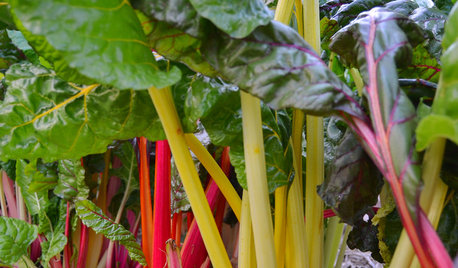
GARDENING GUIDESCool-Season Vegetables: How to Grow Chard
A year-round garden favorite with a colorful stem, Swiss chard comes into its own in early spring and in fall
Full Story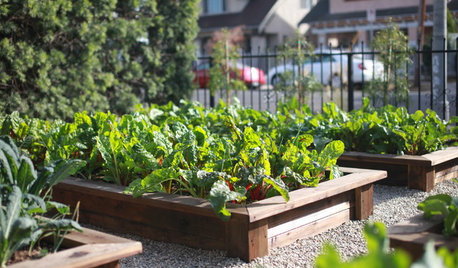
EDIBLE GARDENS10 Edible Greens to Plant Now
Get your cool-season garden started and look forward to harvesting lettuces, kale, arugula, chard and more
Full Story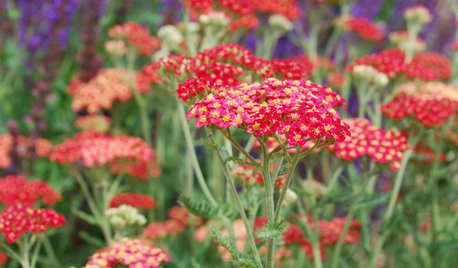
GARDENING GUIDESTexas Gardener's February Checklist
Show roses some love around Valentine's Day and set the stage for future garden growth with seeds and starts
Full Story
EDIBLE GARDENS8 Surefire Vegetables and Herbs for Beginning Gardeners
Learn the edible plants that are popular and easy to grow in a backyard or container garden
Full Story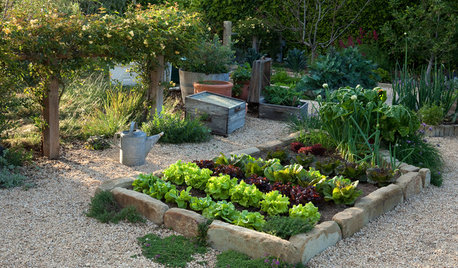
HOUZZ CALLWhat’s Growing in Your Edible Garden?
Tell us which fresh crops you look forward to enjoying this summer
Full Story
GARDENING GUIDESSouthern California Gardener's September Checklist
Before prime planting time, clean out the old garden, prepare for the new, and dream up ideas for fall flowers and veggies
Full Story0

LANDSCAPE DESIGNHow to Create a Cottage-Style Garden
If you like an abundance of plants — and visits from birds, bees and butterflies — this may be the style of yard for you
Full Story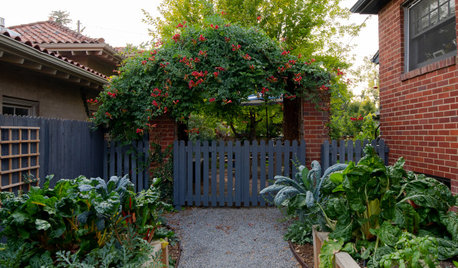
GARDENING GUIDES12 Edibles Perfect to Plant in Late Summer
Keep those homegrown vegetables and greens coming well into fall
Full Story
FARM YOUR YARDHouzz Call: Home Farmers, Show Us Your Edible Gardens
We want to see where your tomatoes, summer squashes and beautiful berries are growing this summer
Full Story
GARDENING AND LANDSCAPINGWorld of Design: 10 Home Gardeners Show Us Their Sweet Summer Harvests
From New York to Tokyo, these gardeners have turned their yards, terraces and rooftops into places of bounty
Full Story





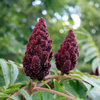
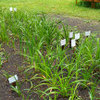

daninthedirt (USDA 9a, HZ9, CentTX, Sunset z30, Cfa)